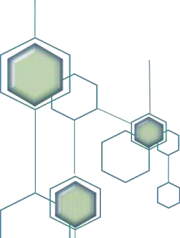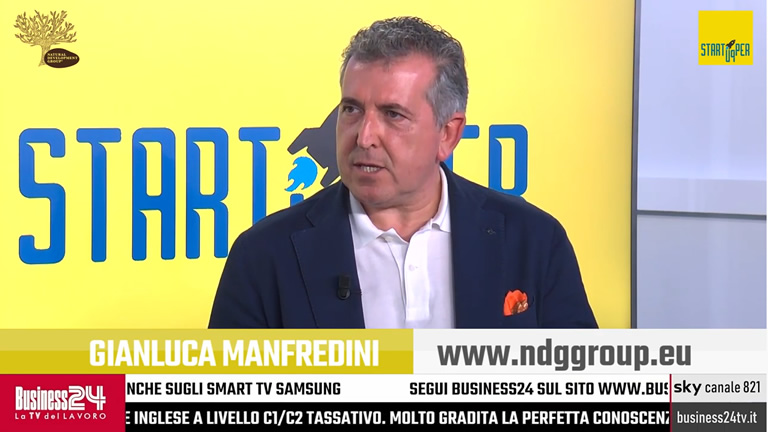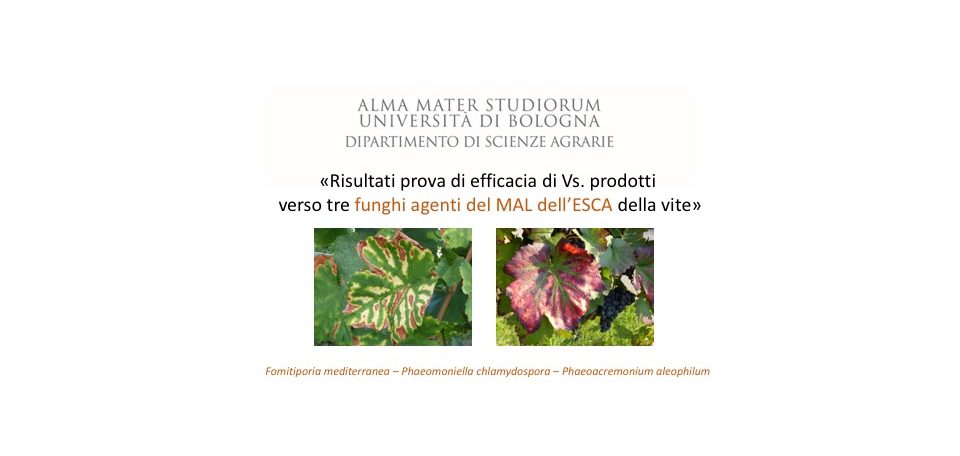10th International Workshop on Grapevine Trunk Diseases, Reims, France, 4–7 July 2017

Video Intervista c/o Studi televisivi Startupper – Business24
18 January 2022
La Repubblica 18 July 2022 – La buona medicina per gli agricoltori in una startup che rispetta l’ambiente
1 December 2022
Phytopathologia Mediterranea (2017), 56, 3, 513−588
www.fupress.com/pm ISSN (print): 0031-9465
Firenze University Press ISSN (online): 1593-2095
DOI: 10.14601/Phytopathol_Mediterr-21865
 Scarica l’articolo
Scarica l’articolo
www.fupress.com/pm ISSN (print): 0031-9465
Firenze University Press ISSN (online): 1593-2095
DOI: 10.14601/Phytopathol_Mediterr-21865
 Scarica l’articolo
Scarica l’articolo
10th International Workshop on Grapevine Trunk Diseases, Reims, France, 4–7 July 2017
Developing a delivery system for the control of plant diseases: from leaf pathogen control to grapevine trunk diseases control in the nursery.
E. BATTISTON1-3, L. MUGNAI1, M. NOCENTINI1, T. CINELLI1, F. OSTI2, F. FONTAINE3 and S. DI MARCO2. 1Dipartimento di Scienze delle Produzioni Agroalimentari e dell’Ambiente (DiSPAA) - Sez. Patologia vegetale ed Entomologia, Università degli Studi di Firenze, P.le delle Cascine 28, 50144 Firenze, Italy; 2URVVC EA 4707, Laboratoire Stress, Défenses et Reproduction des Plantes, Université de Reims Champagne-Ardenne, BP 1039, 51687 Reims Cedex 2, France; 3Istituto di Biometeorologia (IBIMET), CNR, Via Gobetti 101, 40129 Bologna, Italy.
Developing a delivery system for the control of plant diseases: from leaf pathogen control to grapevine trunk diseases control in the nursery.
E. BATTISTON1-3, L. MUGNAI1, M. NOCENTINI1, T. CINELLI1, F. OSTI2, F. FONTAINE3 and S. DI MARCO2. 1Dipartimento di Scienze delle Produzioni Agroalimentari e dell’Ambiente (DiSPAA) - Sez. Patologia vegetale ed Entomologia, Università degli Studi di Firenze, P.le delle Cascine 28, 50144 Firenze, Italy; 2URVVC EA 4707, Laboratoire Stress, Défenses et Reproduction des Plantes, Université de Reims Champagne-Ardenne, BP 1039, 51687 Reims Cedex 2, France; 3Istituto di Biometeorologia (IBIMET), CNR, Via Gobetti 101, 40129 Bologna, Italy.
.
Grapevine trunk disease management has several critical aspects, and one of the main ones is the lack of suitable products with low toxicity but good efficacy.
This indicated a need to investigate the applicability of micro-structured inorganic crystals based on a specific apatitic phase of calcium phosphate (carbonate hydroxyapatite, CHA) in plant protection, already in use in the medical field. To this aim, several formulations were prepared, functionalizing CHA with two different copper salts (tribasic sulphate and sulphate pentahydrate) and uploading afterwards zinc sulphate and a commercial essential oil product. The formulations were applied successfully in downy mildew control trials on grapevine to investigate their drug-delivery proprieties in enhancing the efficacy of bioactive substances. The most stable formulations were obtained with copper tribasic sulphate and zinc sulphate. The essential oil seems to only bind with CHA by physical interactions. The formulations were also tested in vitro to evaluate the possible application in GTD pathogens control in the nursery. Growth inhibition tests were carried out on Phaeomoniella chlamydospora, Phaeoacremonium minimum and Neofusicoccum parvum, and also on Botrytis cinerea, given the great relevance of this pathogen in the nursery. In vitro tests showed CHA stimulated the growth of all the fungi assessed, and the most efficient formulation was based on CHA and copper sulphate, followed by the CHA and copper tribasic sulphate based formulation.
The formulations were applied in the nursery during the hydration of the propagating material, a proportion of which was afterwards artificially inoculated with P. chlamydospora.
None of the treatments showed phytotoxic effect on plant growth and yield.
Leaves where sampled from the plants for transcriptomic analysis (RT-PCR) in order to evaluate their effect on the plant defense response. Furthermore data were obtained on reisolating P. chlamydospora from the inoculated propagation material.
The pathogen reisolation confirmed the in vitro test results, revealing the non-toxic effect of the pure CHA and positive pathogen control enhanced by the formulation CHA copper sulphate pentahydrate.
This indicated a need to investigate the applicability of micro-structured inorganic crystals based on a specific apatitic phase of calcium phosphate (carbonate hydroxyapatite, CHA) in plant protection, already in use in the medical field. To this aim, several formulations were prepared, functionalizing CHA with two different copper salts (tribasic sulphate and sulphate pentahydrate) and uploading afterwards zinc sulphate and a commercial essential oil product. The formulations were applied successfully in downy mildew control trials on grapevine to investigate their drug-delivery proprieties in enhancing the efficacy of bioactive substances. The most stable formulations were obtained with copper tribasic sulphate and zinc sulphate. The essential oil seems to only bind with CHA by physical interactions. The formulations were also tested in vitro to evaluate the possible application in GTD pathogens control in the nursery. Growth inhibition tests were carried out on Phaeomoniella chlamydospora, Phaeoacremonium minimum and Neofusicoccum parvum, and also on Botrytis cinerea, given the great relevance of this pathogen in the nursery. In vitro tests showed CHA stimulated the growth of all the fungi assessed, and the most efficient formulation was based on CHA and copper sulphate, followed by the CHA and copper tribasic sulphate based formulation.
The formulations were applied in the nursery during the hydration of the propagating material, a proportion of which was afterwards artificially inoculated with P. chlamydospora.
None of the treatments showed phytotoxic effect on plant growth and yield.
Leaves where sampled from the plants for transcriptomic analysis (RT-PCR) in order to evaluate their effect on the plant defense response. Furthermore data were obtained on reisolating P. chlamydospora from the inoculated propagation material.
The pathogen reisolation confirmed the in vitro test results, revealing the non-toxic effect of the pure CHA and positive pathogen control enhanced by the formulation CHA copper sulphate pentahydrate.
© 2017 Autore/i. Questo è un articolo ad accesso aperto distribuito secondo le condizioni della Creative Commons Attribution License (CC-BY-4.0), che consente l'uso, la distribuzione e la riproduzione senza restrizioni su qualsiasi supporto, a condizione che l'autore e la fonte originali vengano citati.
Vol. 56, No . 3, December, 2017
Vol. 56, No . 3, December, 2017


